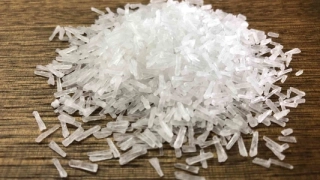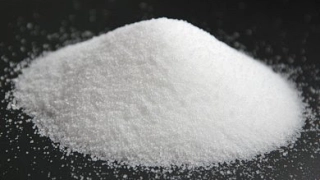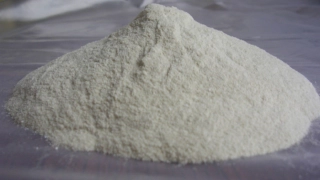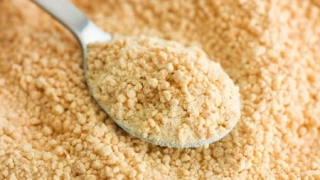Sodium Phosphates (E339–E343): Taste Profile, Aroma, Benefits and Health Risks
Sodium phosphates (E339–E343) refer to a group of sodium salts of phosphoric acid, commonly used in the food industry as emulsifiers, stabilizers, acidity regulators, and leavening agents. These versatile additives improve texture, extend shelf life, and help retain moisture in processed foods.
Sodium phosphates are generally recognized as safe for most people, but those with kidney disease, hypertension, or on a sodium-restricted diet should limit intake due to sodium and phosphate content. Allergic reactions are extremely rare.
What does Sodium Phosphates (E339–E343) taste like?
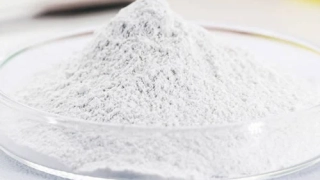
Complete Sensory Description:
-
Taste: Sodium phosphates have a mildly salty and slightly alkaline taste. In food, they are usually present at low concentrations that do not noticeably alter overall flavor but can add a subtle salty or mineral note if used in excess.
-
Aroma: These compounds are essentially odorless in both pure and food applications.
-
Texture: Sodium phosphates improve water retention and emulsion stability, resulting in a juicier, smoother, and sometimes firmer texture in meats, cheeses, and baked goods.
-
Appearance: They appear as white, crystalline powders or granules. In finished foods, they are completely dissolved and invisible.
In-depth Flavor Analysis:
Sodium phosphates do not interact significantly with flavor compounds at normal use levels. Their sensory effect is mostly indirect, enhancing juiciness and mouthfeel, particularly in processed meats and cheeses. In some bakery applications, their mild alkalinity activates baking powders, helping to produce a light and airy crumb. Overuse can lead to a soapy or metallic aftertaste, but food regulations keep use well below this threshold.
Varieties and Culinary Applications:
Sodium phosphates include monosodium, disodium, and trisodium phosphate, as well as other related salts. They are found in processed meats, cheeses, baked goods, instant puddings, powdered drinks, and canned seafood. Their functions include stabilizing emulsions, preventing crystallization, and improving shelf life. In home cooking, they are rarely used directly but may be present in commercial baking mixes and processed ingredients.
Selection and Storage:
Food-grade sodium phosphates are available as powders or granules in airtight packaging. They should be stored in a cool, dry place away from moisture. When properly stored, they remain stable for long periods.
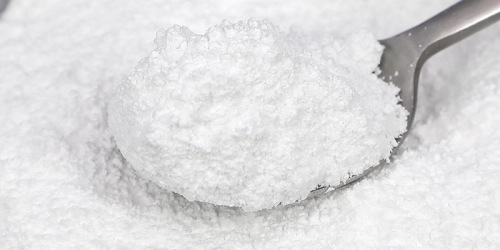
Nutritional Insights:
Sodium phosphates provide sodium and phosphorus, both essential nutrients. However, processed foods containing added phosphates can significantly increase total intake, which may be a concern for individuals with kidney or heart conditions. For healthy individuals, intake from food additives is generally within safe limits.
Expert Insights & Culinary Tips:
Food technologists use sodium phosphates to ensure moisture retention and improve the quality of processed meats, cheeses, and bakery products. In gluten-free baking, they help stabilize texture and improve rise. Chefs recommend moderation to avoid excessive sodium and to maintain a natural taste.
Interesting and Curious Facts:
Sodium phosphates have been used in the food industry for decades, and their technological versatility extends to non-food applications such as water treatment and detergents. Strict regulations govern their use in foods to ensure consumer safety.
Harm and Dietary Considerations:
Excessive consumption of sodium phosphates may contribute to elevated sodium and phosphate levels in the body, posing risks for those with kidney disease, heart conditions, or hypertension. In healthy individuals, regulated use in foods is not associated with health risks. No allergenic concerns are documented.
Religious Dietary Considerations:
Sodium phosphates are synthetically produced and are generally accepted under Halal, Kosher, vegetarian, and vegan dietary standards.
Final Thoughts & Sensory Journey:
Sodium phosphates (E339–E343) work quietly to create juicy, stable, and smooth textures, supporting quality and shelf life with minimal sensory impact in a wide range of foods.
Resources:
-
Belitz, H.-D., Grosch, W., & Schieberle, P. (2009). Food Chemistry (4th Edition). Springer. ISBN: 978-3540699330 (E339–E343)
-
Branen, A. L., Davidson, P. M., & Salminen, S. (2001). Food Additives (2nd Edition). Marcel Dekker. ISBN: 978-0824704382 (E339–E343)
-
Fennema, O. R. (1996). Food Chemistry (3rd Edition). Marcel Dekker. ISBN: 978-0824793546 (E339–E343)






